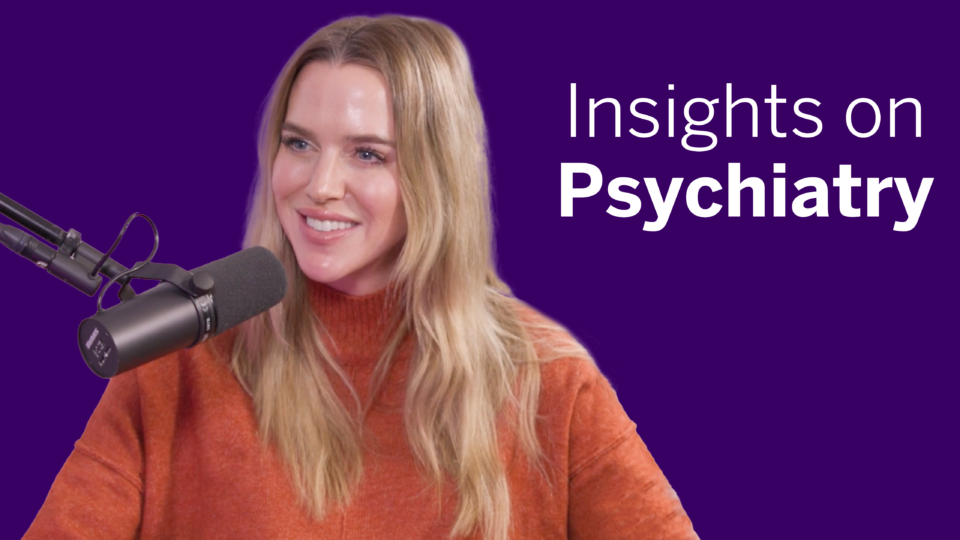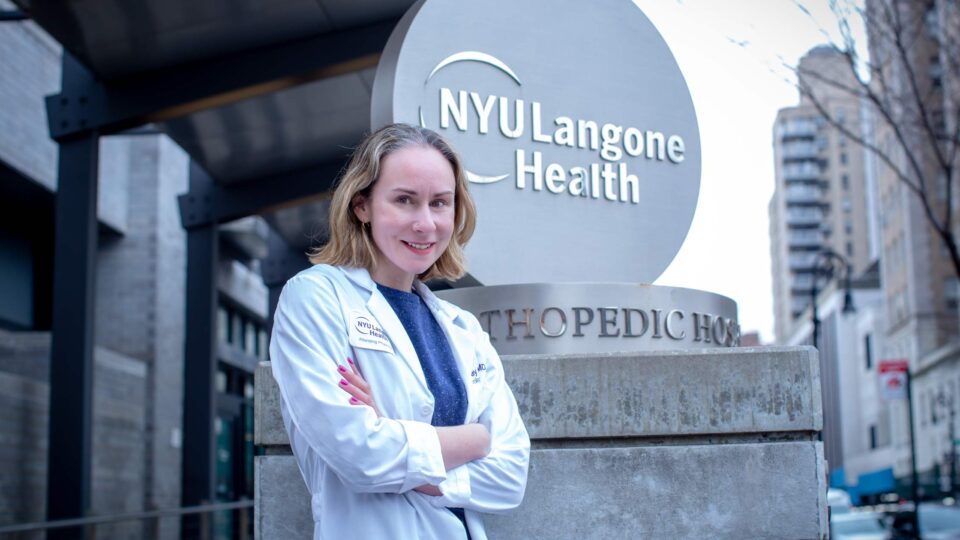For the past two decades, Crystal F. Lewis, PhD, the Laurie M. Tisch Scholar for Racial Equity in Mental Health, has studied the epidemiology of substance use, with an eye toward improving public health approaches to harm reduction and access to care, regardless of active use. A recurring thread in her research has been the potential for pharmacy-based interventions to eliminate disparities and improve health outcomes for communities contending with substance use and related medical and social conditions.
“My goal is to find creative ways to deliver care that’s amenable and relevant to communities who have historically been neglected by our healthcare systems,” Dr. Lewis explains. “In many Black, Latinx, and immigrant communities, people use pharmacists for medical advice and counseling instead of relying upon doctors—and particularly independent, minority-owned pharmacists operating in low-income communities.”
“In many Black, Latinx, and immigrant communities, people use pharmacists for medical advice and counseling instead of relying upon doctors.”
Crystal F. Lewis, PhD
A recent NIH-funded study published in the Journal of Substance Abuse Treatment led by Dr. Lewis and Babak Tofighi, MD, assistant professor of population health, assessed community pharmacists’ perspectives regarding naloxone dispensation and counseling in nonurban areas of New York State. The goal, says Dr. Lewis, was to better understand factors influencing pharmacy provision of overdose education and naloxone distribution.
Probing the Perspectives of Frontline Providers
Overdose prevention efforts have been shown to be an effective model for reducing fatalities among persons who use opioids, including heroin. New York State’s Opioid Overdose Prevention Program (OOPP) has established standing orders for naloxone dispensation in pharmacies. The medication can be covered under Medicaid and most commercial health plans. Pharmacists also offer printed handouts educating about opioid overdose, as well as topics such as storing naloxone and obtaining refills.
The recent mixed-methods study led by Dr. Lewis’s team was conducted among 60 community pharmacists located in 6 New York counties and registered to participate in OOPP. The 29-item semistructured survey revealed an array of insights that Dr. Lewis says might be applicable to similar programs nationwide.
Over 58 percent of participating pharmacists reported dispensing naloxone, with an average median of 2 prescriptions per month. Most shared positive beliefs about pharmacy naloxone dispensation, including support for OOPP (93 percent), that pharmacists should play a bigger role in overdose prevention (87 percent), and that naloxone reduces opioid-related overdose (88 percent).
Most reported no loss of business related to OOPP participation (85 percent), and no instances of theft or crime by naloxone customers (80 percent).
Most were also supportive of expanding pharmacy-based access to vaccinations, referrals to free or on-site HIV testing, informational resources on safe syringe use and disposal, and referrals to medical and social services, including pharmacy-based treatment access for substance use disorders.
“Our findings reveal high acceptability for naloxone provision and expansion of pharmacy practice to include a wide variety of public health services.”
“Our findings reveal high acceptability for naloxone provision and expansion of pharmacy practice to include a wide variety of public health services,” Dr. Lewis notes. “Coupling pharmacy-based overdose prevention with offerings like HIV and HCV screenings, vaccinations, and access to telemedicine could further increase engagement in services that are otherwise inaccessible due to social and structural barriers, including the stigma and discrimination commonly inflicted upon communities of color who are heavily burdened with opioid use.”






